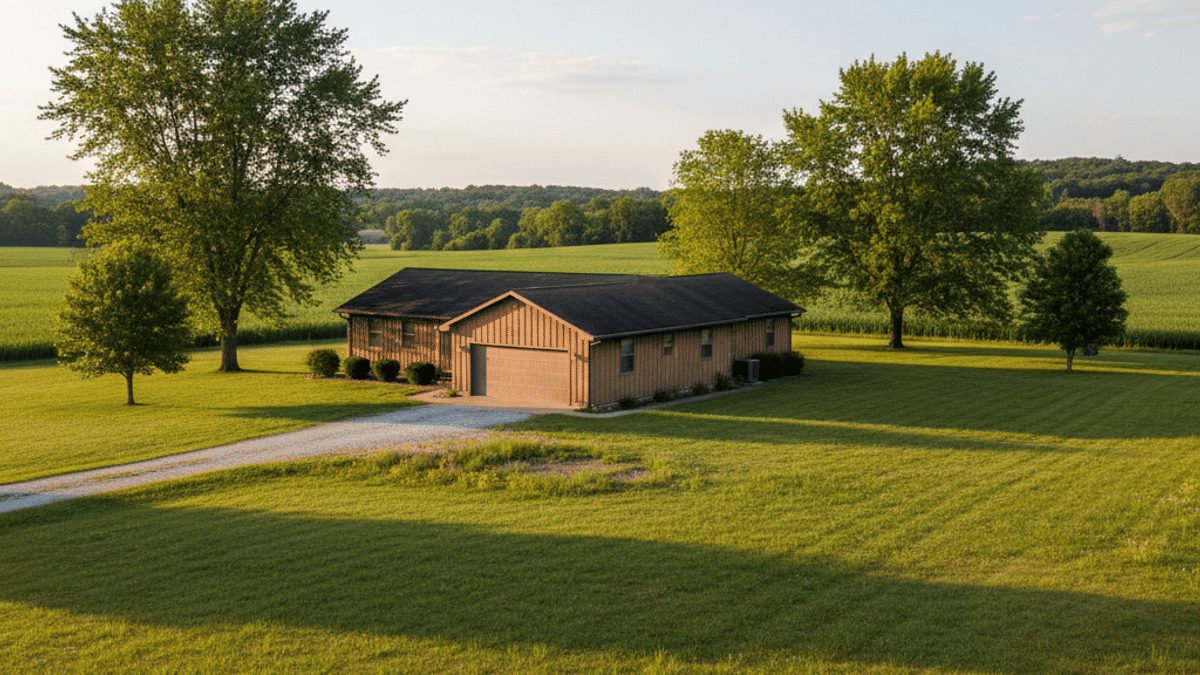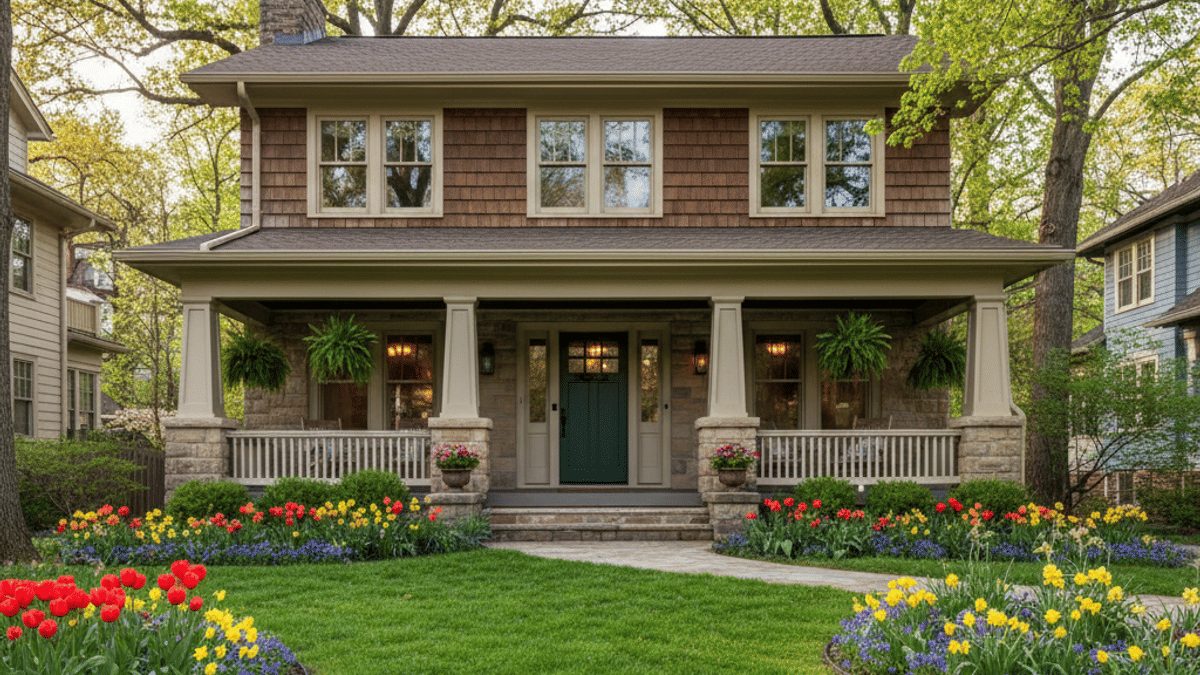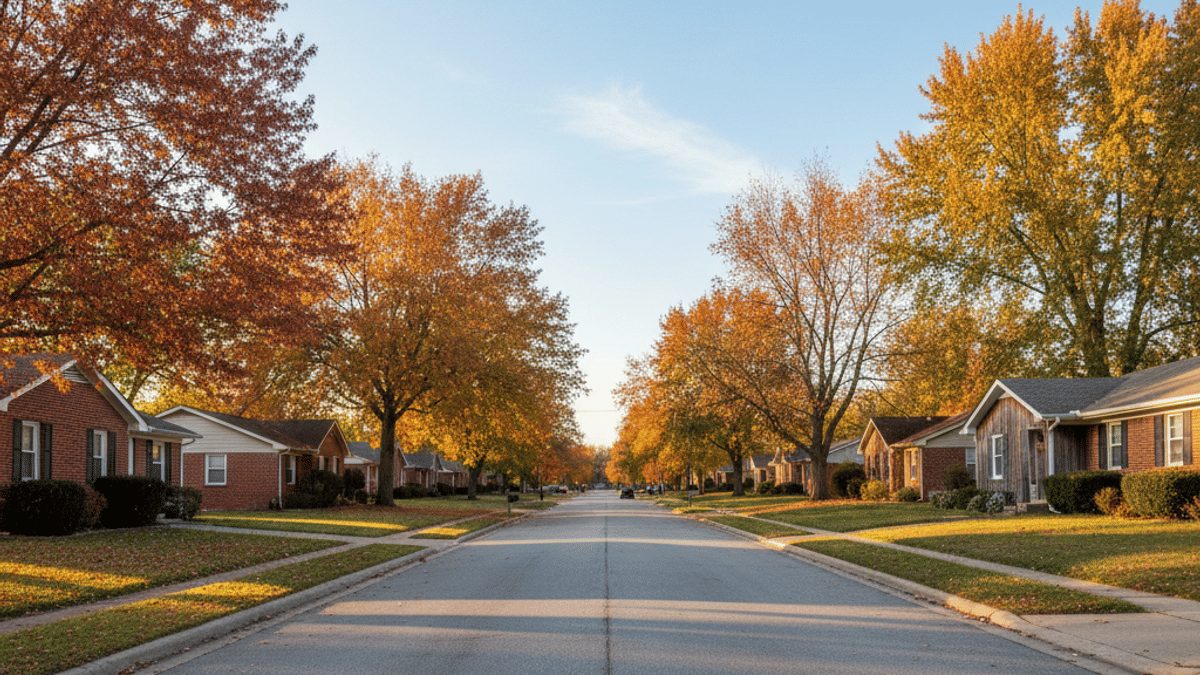The Real Draw of Fulton, MO: Why It’s on the Move
Fulton sits about 25 miles east of Columbia, smack in the middle of Callaway County. Population clocks in around 13,000 yet whispers of steady growth wave through local coffee shops. Folks from bigger metros keep drifting over for one main reason: balance. Small-town vibes but not out-in-the-sticks isolated. And an interesting twist—two historic colleges anchor downtown, which means college sports on Fridays and academic lectures on Tuesdays. It isn’t Mayberry, but it also isn’t a faceless suburbia clone.
Why Moving to Fulton Could Be the Best Decision You Make
Let’s rip through the upside first because, honestly, that’s what lures most newcomers.
Community that actually looks you in the eye
Walk into Brooklyn Pizza downtown and you’ll get a “How ya doing?” that feels real. Weekly farmers markets, February’s Morels & Microbrew Festival, and a Facebook group named “Fulton Chatter” where someone will literally lend you a ladder within ten minutes. If you crave handshakes over head nods, you’ll vibe here.
The budget stretch is real
Median home price hovers near $240K while price per square foot floats around $143. Compare that to Columbia’s $192 and St. Louis County’s $175, and your wallet breathes a little. Property taxes trend lower too, roughly 0.87% of assessed value. Translation: more house, less monthly burn.
Schools that punch above their weight
Fulton 58 School District posts graduation rates north of 93% and offers dual-credit classes through Westminster College. Speaking of Westminster, you get college-level cultural perks without paying campus parking fees—think TED-style talks in 19th-century halls.
Commute? Barely a blip
Main arterial Route 54 slices travel time to Jefferson City and Columbia. If you work at the state capitol, you’re 30 easy minutes away. That said, you can make a Costco run in Columbia and be home before the ice cream melts.
Green space on tap
Ten city parks, 5-mile Stinson Creek Trail, and the Little Dixie Lake Conservation Area down the road. Fishermen brag about largemouth bass records here, not traffic records.
Employers you don’t hear about on Zillow ads
- Fulton State Hospital just finished a multimillion-dollar rebuild, adding hundreds of healthcare gigs.
- Dollar General’s regional distribution center employs about 700 and spins decent overtime.
- True Manufacturing in Columbia routinely poaches Fulton talent yet lets many operate remote three days a week.
Net result? You’re not cornered into restaurant work if healthcare or logistics feels more your lane.
Fiber internet in surprising pockets
Callabyte Fiber slipped lines under most new subdivisions. Remote workers living in 1900s bungalows can still pull 1-gig speeds. Your Zoom lag excuses? Gone.
Car-light living is (sort of) possible
Downtown clusters grocery, pharmacy, hardware, and coffee within a half-mile grid. Grab an e-bike and you can honestly say you’re cutting gas purchases in half.
And here’s the sleeper perk: Fulton quietly funds façade grants for small businesses. If you’ve got an entrepreneurial itch, the city might actually help you paint that storefront a bold turquoise instead of nickel-and-diming you with permits.
Think Twice: Downsides to Consider Before Moving to Fulton
Let’s not sugarcoat. Every town carries baggage, and Fulton drags a few suitcases.
Housing prices jumped 41.2% in three years
Bargains still exist, yet the secret is out. Starter homes under $175K now trigger bidding wars. If you’re on a shoestring budget, prepare for patience or sweat equity.
Limited nightlife, unless karaoke counts
One brewery, a couple of sports bars, and that’s pretty much closing time. Columbia’s music scene is 30 minutes away, but Uber fees back at 2 a.m. sting. Singles who thrive on bar-hopping might feel boxed in.
Solid jobs, yet career ladders can feel short
Healthcare and logistics rule. Tech, marketing, or creative fields? You’ll mostly remote in or commute out. The city’s economic development team claims a “tech incubator” is coming, though locals have heard that tune for a decade.
Public transit is… your car
A Callaway County shuttle exists but runs roughly on banker’s hours. If you’re hoping to ditch a vehicle entirely, nope. Winters aren’t brutal but slick hills plus no plows before 5 a.m. equal surprise PTO days.
Weather mood swings
Spring tornado warnings and mid-summer humidity that fogs glasses at 8 a.m. People joke that “it’s a dry heat” in Arizona. In Fulton, it’s a wet slap. Budget for solid HVAC.
Healthcare specialties require a drive
Basic urgent care is covered. Need a pediatric neurologist or an oncologist with the latest trial options? You’re going to Columbia or St. Louis. Routine stuff, fine. Complex stuff, car keys.
The local gossip network is broadband fast
Small-town closeness means your new lawn furniture gets reviewed on Facebook within hours. If privacy ranks high, brace for unsolicited opinions.
Quick gut check: Does any of that feel like deal-breakers? Better to know now.
Real Estate Realities in Fulton: What 2025 Holds for Homebuyers
Alright, time to zoom in on the market mechanics.
Median list price: $239,900
Median sold price last year: $222,000
Average days on market: 33 in summer, closer to 50 in winter
Price per square foot: $143 and edging up 1.8% quarter-over-quarter
Trend watchers predict a tempered climb rather than another price rocket. Why? Supply loosening just a hair. An entire 72-lot subdivision on the south edge is breaking ground, targeting mid-range buyers. That extra inventory should calm bidding fever.
Neighborhood cheat sheet:
- Historic Downtown
Brick Victorians, walkable to restaurants. Porches, original hardwood, and postage-stamp yards. Price tags: $190K–$260K. Watch out for knob-and-tube wiring. - Stonehaven
Early-2000s ranch homes backing up to cornfields. Safe pick for families needing four bedrooms and a swing set. $250K–$320K. - The Meadowlark Ridge Curve
New builds with fiber internet, three-car garages, and HOA fees under $200 a year. Your safest bet for long-term resale because the subdivision sits inside the Fulton 58 district’s newest elementary boundary. $290K–$380K.
Investor alert: Campus rentals near Westminster and William Woods hover around a 6–7% cap rate. Students pay, parents co-sign, and turnover remains steady. You’ll need to budget for annual carpet swaps yet vacancy risk stays low—enrollments haven’t dipped in eight years.
Should you buy now or wait? If you spot a listing below $230K with updated mechanicals, jump. Interest rates are flattening, not free-falling. Every quarter you wait might cost another 1–2% on list price, which erases any rate savings.
Pro tip most blogs skip: Get a sewer scope. Parts of Fulton’s clay piping date back to the 1940s and tree roots love them. A $200 inspection could save a $6,000 dig-up later.
Fulton in a Nutshell: Weighing the Move
So where do we land?
Pros: genuine community vibes, homes you can still afford, fiber internet, elbow-room parks, and a 30-minute lifeline to two state capitals of activity—Columbia’s bustle and Jefferson City’s government paychecks.
Cons: shrinking bargains, nightlife that fizzles by 10 p.m., limited specialty care, and a gossip mill that spins faster than your washer’s spin cycle.
Only you know which side tips the scale. If football Saturdays, backyard campfires, and a mortgage that doesn’t choke you sound dreamy, Fulton delivers. If rooftop bars, niche vegan eateries, and subway rides are non-negotiables, keep scrolling Zillow eastward.
Ready to walk a few streets and feel the vibe in person? Reach out. We’ll line up showings, coffee chats with locals, and maybe slip you the best seat at Saults Drug’s vintage soda fountain. Your move.






